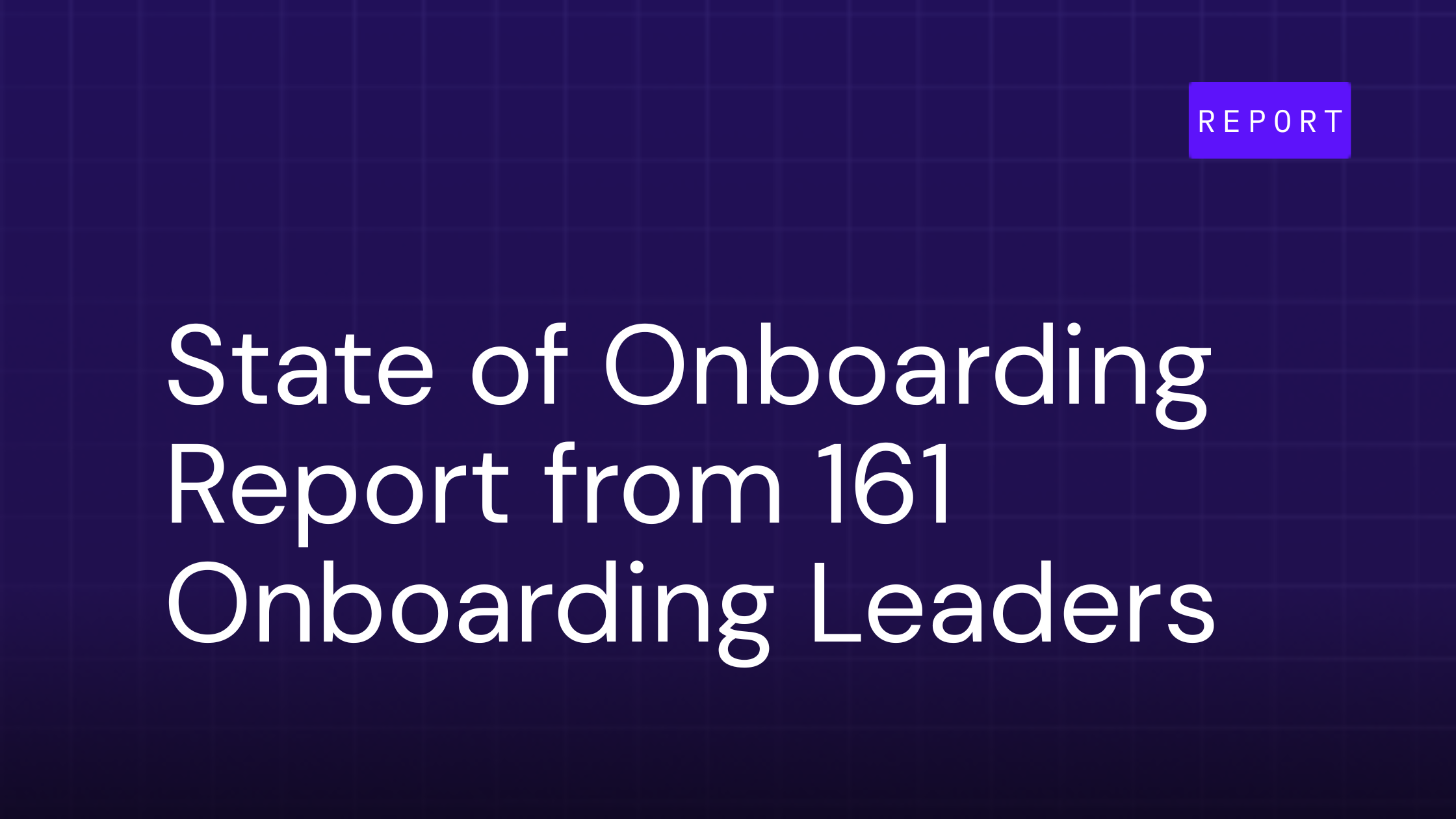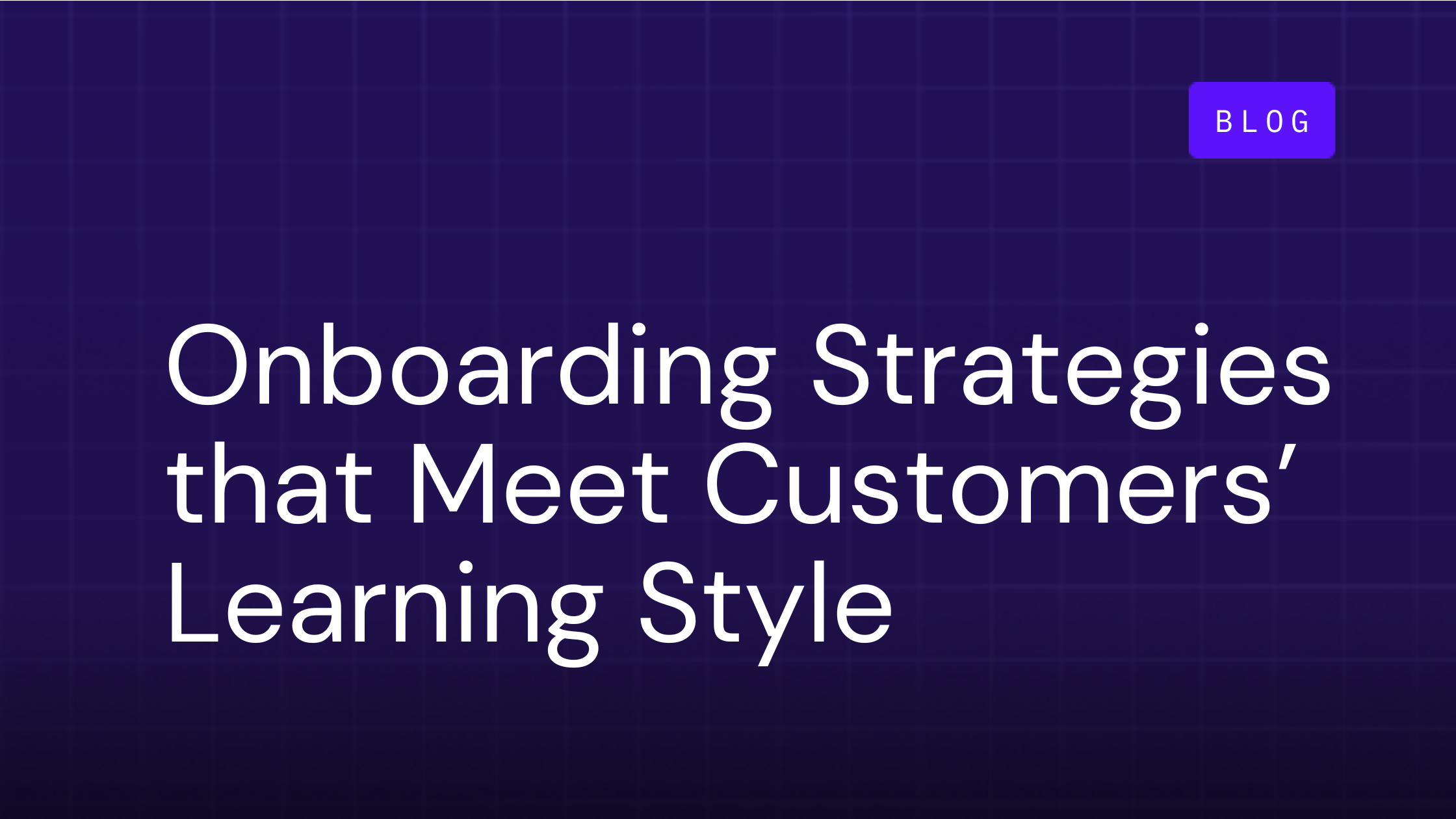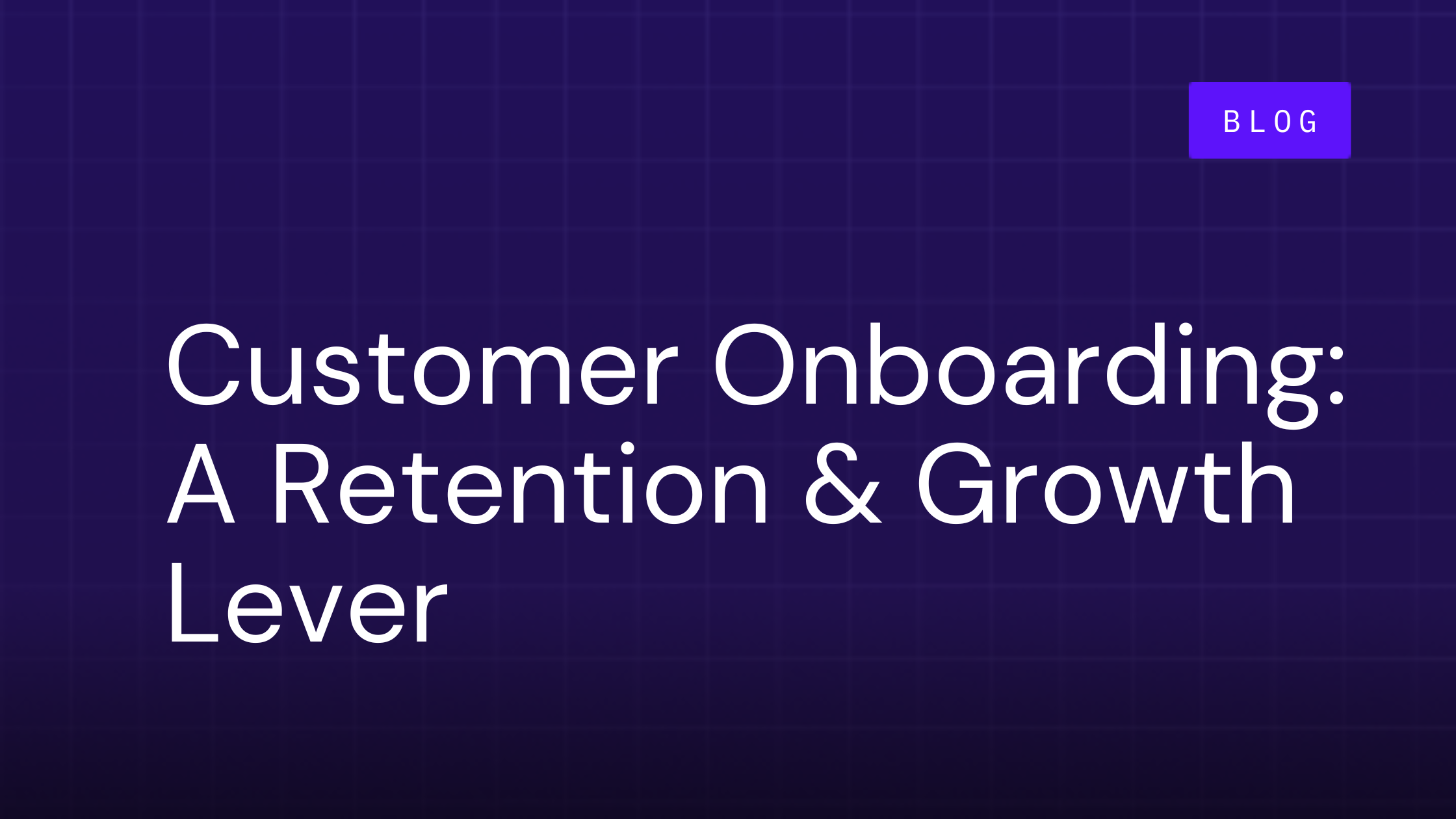Summary of 2025 State of Customer Onboarding
Based on survey insights from 161 onboarding leaders in the 2025 State of Customer Onboarding: The First 90 Days, including Heads of Customer Success, Onboarding, Implementation, and Operations from SaaS, healthcare tech, logistics, and other industries, this report confirms that customer onboarding is no longer a back-office task.
It’s a high-impact revenue strategy that directly influences time-to-value, renewal rates, and long-term customer outcomes.
Teams that treat onboarding as a strategic function and invest in ways to standardize and scale it are seeing measurable gains in growth, retention, and customer satisfaction.
These findings reinforce why platforms like OnRamp exist. As a purpose-built onboarding solution, OnRamp helps teams address exactly the issues highlighted in the survey, including lack of visibility, misalignment, and inefficient workflows that stall revenue.
Anyone who’s worked in SaaS knows onboarding marks a critical turning point. It’s that high-stakes moment right after the deal is signed, when excitement peaks, expectations are clear, and CS takes the baton to deliver on the promises made.
But too often, what should be a seamless experience turns to chaos.
New customers are met with friction created by receiving scattered spreadsheets and lists of to-do’s, endless emails, and manual steps that slow momentum and strain trust.
For customers that emerge from onboarding, they may have finished, but their perception and trust are already shaped. If the experience felt clunky, disjointed, or unclear, that first impression hangs around, and it’s a long road to recover from a shaky start.
This is changing fast and is why OnRamp was created.
We surveyed 161 onboarding and customer success leaders across SaaS, healthcare tech, logistics, and more. The results paint a clear and urgent picture. Onboarding isn’t just a phase. It’s a strategic lever for revenue growth, retention, and reputation.
What Are the Top Customer Onboarding Challenges in 2025?
When asked about their biggest onboarding challenges, the most common responses weren’t about technical complexity. They were about business outcomes:
- 57% said friction in onboarding directly impacts revenue realization.
- Nearly half said delays in onboarding lead to customer dissatisfaction and churn.
- 1 in 3 leaders admitted they don’t have visibility into where customers are in the onboarding process.
In our research, 62% of onboarding leaders said they lack real-time visibility into whether new customers are on track to go live, get value, or renew. That’s not just a blind spot. It’s a direct threat to revenue and retention.
Onboarding Isn’t Just a Phase. It’s Where Revenue Is Won.
Why Onboarding Is the Real Moment of Revenue Risk
The deal is won. Sales celebrates. Leadership forecasts. But if onboarding falters, everything that deal represents, including revenue, renewal, and future advocacy, is suddenly at risk.
As one respondent put it:
“If we lose momentum after the contract is signed, everything downstream becomes harder. Onboarding is THE moment of truth.”
Most teams still manage onboarding with a patchwork of tools never designed for it, defaulting to makeshift solutions like project management software, emails, spreadsheets, and recurring meetings.
That setup might work for 10 customers. But at 100? Or 1,000? It starts to crack. And if you're moving upmarket, it won't hold.
OnRamp was built to replace that chaos. It’s the purpose-built B2B onboarding platform for companies that treat onboarding as the strategic, revenue-driving function it should be.
How Companies Are Moving Toward Scalable, Digital Customer Onboarding
The research also backs a growing shift toward digitally enabled, outcome-driven onboarding, but most teams aren’t there yet.
- Many onboarding teams still operate without a standardized process, relying on tribal knowledge and one-off workflows that don’t scale.
- Most onboarding delays don’t come from technical blockers; they come from misalignment, unclear ownership, and too many manual touchpoints.
- When onboarding lives in disconnected tools, it’s nearly impossible to spot risks early or keep momentum going with the customer.
This isn’t about adding more tools. It’s about replacing fragmented workflows with a unified approach that aligns teams, keeps customers engaged, and accelerates time to value for them and time to revenue for you.
A New Mandate for Revenue Teams
The takeaway is clear. Onboarding is no longer optional, operational noise. It’s where revenue strategies either succeed or stall.
The teams treating onboarding as a growth engine, that are building repeatable systems, removing friction, and driving outcomes, are starting to see the results in retention, satisfaction, and revenue.
For others, this is an opportunity to rethink the role onboarding plays in long-term success.
Frequently Asked Questions on Time to Revenue



